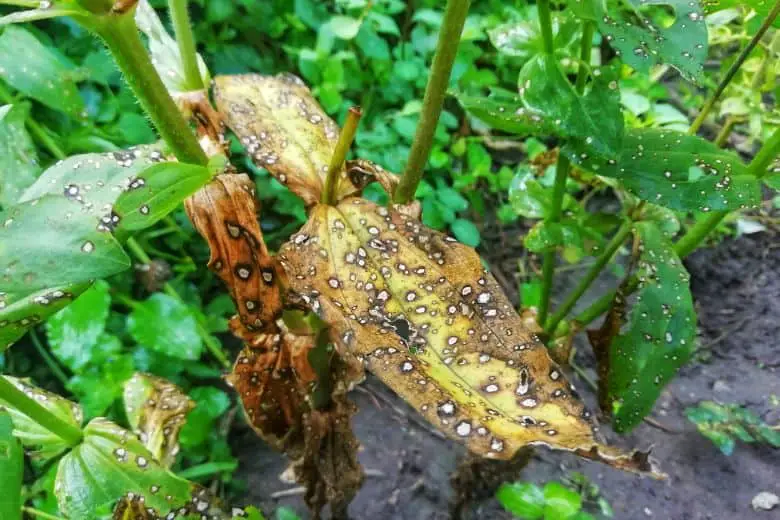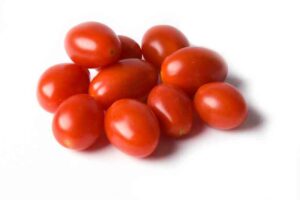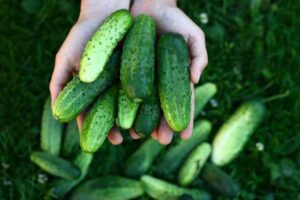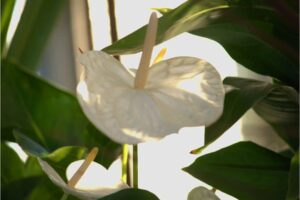
Eating my Zinnia leaves is a common problem that can be caused by a variety of pests. Zinnias are a popular garden flower that is prone to pests such as slugs, caterpillars, and beetles. These pests are attracted to the nectar and leaves of the plant, and can cause extensive damage if left unchecked.
With the proper identification of the pest, and the implementation of control methods, it is possible to protect your Zinnias from further damage.
Identifying What Is Eating Your Zinnia Leaves
Having a patch of zinnia in your garden can be a great source of joy – until you notice that something has been munching on your leaves!
In this blog, we’ll discuss the various culprits that could be responsible for snacking on your precious zinnia leaves, as well as tips on how to identify and manage the issue. We’ll also provide some helpful advice on how to keep your zinnia healthy and thriving, so it can continue to bring you joy.
So if you’re wondering why your zinnia leaves are disappearing, don’t worry – we’ll help you figure out what’s eating them and how to stop it!
Common Pests That Attack Zinnias
Zinnias are beautiful, hardy flowers that can add a splash of color to anyone’s garden. Unfortunately, these plants are susceptible to a number of pests that can damage or destroy them. Common pests that attack zinnias include aphids, spider mites, whiteflies, and thrips.
These pests can cause yellowing leaves, stunted growth, and even cause the flowers to drop. To protect your zinnias from these pests, it’s important to inspect plants regularly and remove any pests you find. You can also use natural repellents such as neem oil and insecticidal soap.
With the right preventative measures, you can enjoy a healthy, beautiful garden of zinnias.
Non-Pest Causes of Leaf Damage
Leaves play an essential role in the life of a plant. They provide food and energy for the plant to grow and thrive, but sometimes leaves can suffer from damage that is not caused by pests.
This type of leaf damage can be caused by environmental factors, such as extreme temperatures, drought, and too much water or fertilizer.
It can also be caused by diseases such as fungal infections or bacterial spots. Damage may also occur due to mechanical factors, such as wind, hail, or even a lawn mower blade.
Whatever the cause, it’s important to identify and address these non-pest leaf damages in order to maintain the health of the plant.

Prevention and Control of Pests
Pests can be a major nuisance and cause major damage to your home or business. However, with the right prevention and control measures in place, you can keep your property safe from unwanted pests.
Prevention includes sealing and plugging any potential entry points, such as cracks and crevices, using insecticides, and regularly inspecting and treating your property. Control measures include using traps, baiting, and using natural repellents.
In addition, proper sanitation and storage practices can help to reduce the chances of pest infestation. With the right prevention and control measures, you can keep your property safe from pests and their associated problems.
Natural Predators of Zinnia Pests
Natural Predators of Zinnia Pests is an informative blog that focuses on the beneficial insects and animals that help control the population of zinnia pests. This blog is a great resource for gardeners looking to keep their zinnia flowers safe from creepy crawlers.
By learning about the natural predators of zinnia pests, gardeners can increase their knowledge on how to protect their plants and keep them healthy. Additionally, this blog is a great way to learn more about the importance of natural predators in the garden ecosystem.
So, if you’re looking to keep your zinnia flowers free from pests, give Natural Predators of Zinnia Pests a read!
FAQs About the What Is Eating My Zinnia Leaves
Q1: What type of pests could be eating my zinnia leaves?
A1: The most common pests that feed on zinnia leaves are caterpillars, slugs, and snails.
Q2: How do I prevent pests from eating my zinnia leaves?
A2: To prevent pests from eating your zinnia leaves, use row covers to keep them away from the plants, trap the pests with beer traps, or use insecticidal soaps or neem oil to keep them away.
Q3: What should I do if I find pests eating my zinnia leaves?
A3: If you find pests eating your zinnia leaves, you can hand-pick them off the plant or use insecticidal soaps or neem oil to kill them.
Conclusion
In conclusion, it is important to take action when you notice that your zinnia leaves are being eaten. Identifying the problem is the first step in determining the best course of action and treating the issue. Depending on the cause, you may need to consider using organic or chemical pesticides, trimming back foliage, or other methods to prevent further damage. With the correct action, you can prevent further damage and keep your zinnias healthy and thriving.







